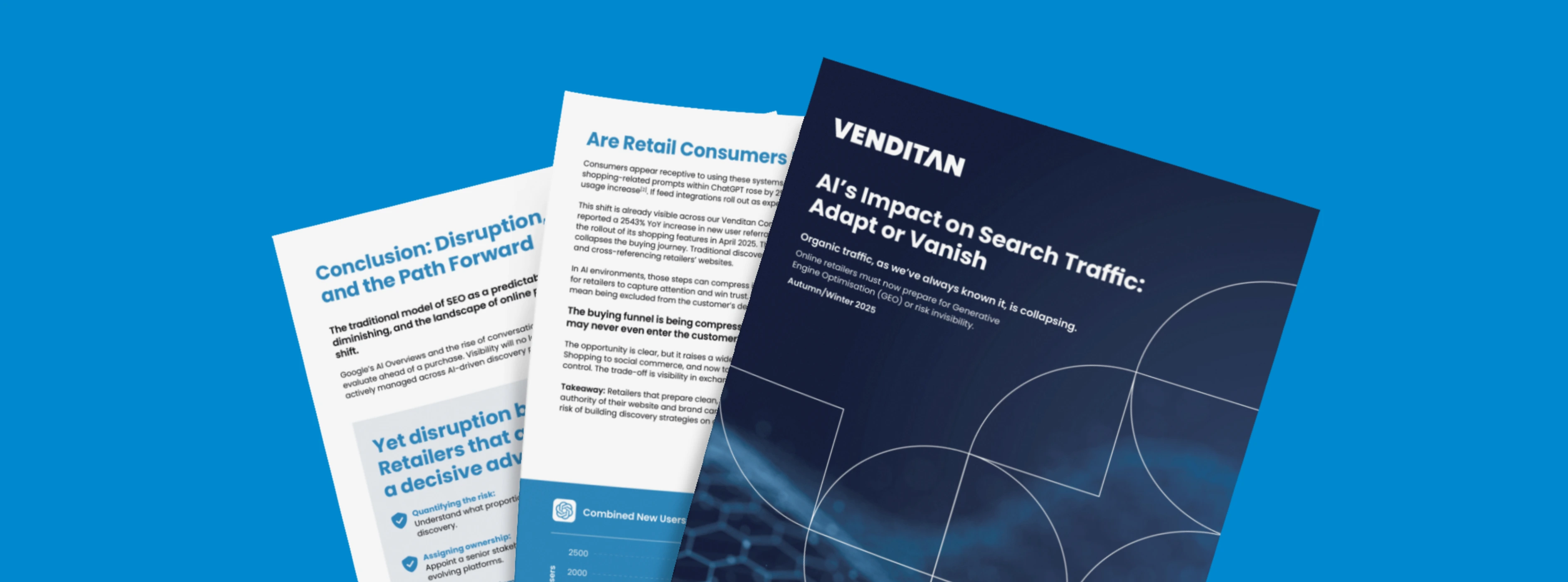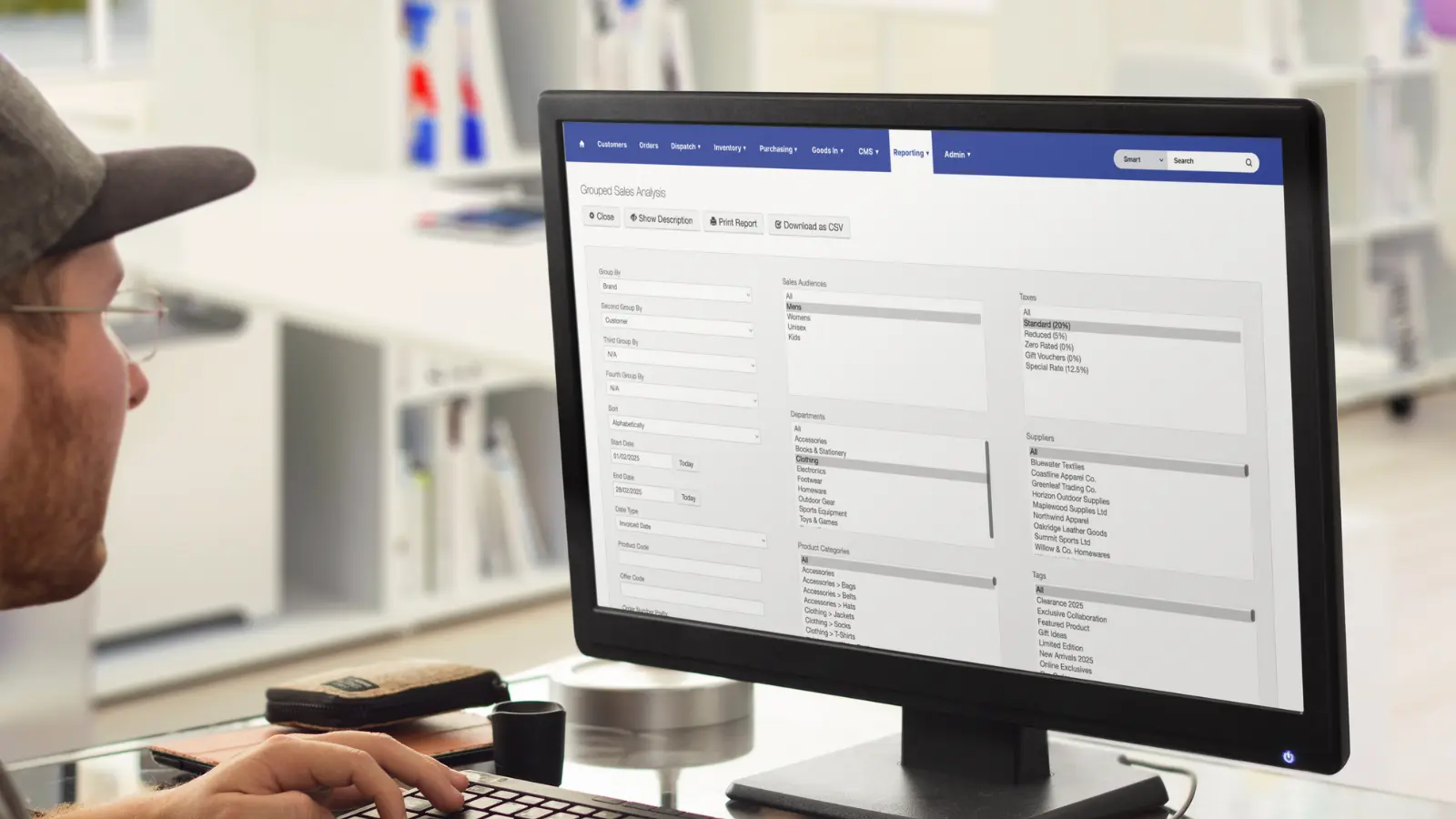Growing up quickly, Generation Alpha promises to bring heightened expectations of order management and fulfilment standards.
We’re delving into what we can expect, and examining how retailers can ready themselves for a generation projected to wield an economic footprint of £4.32tn by 2029, matching the spending power of millennials and Gen Z combined.
Recap: Who are Generation Alpha?
Generation Alpha (I’ll call them Gen A) are those born from approximately 2010 to 2025, succeeding Gen Z.
They are typically the children of millennials and represent the first generation to be born entirely in the 21st century.
What do we know about them?
Although each individual is different, there are broad characteristics that researchers believe will define Gen A.
They will be digitally fluent
Technology is deeply integrated into their daily life from birth. They are very comfortable with digital devices and often learn to use them at a very young age.
As digital natives, Gen A tends to be adept at navigating various digital platforms and devices. They quickly adapt to new technologies and will ‘lead a 100% digital world.’
They may have low attention spans
As each generation progresses, attention spans are dwindling at a rapid pace.
Gen Z, for instance, has an attention span of merely 8 seconds, whereas older generations clock in at 12 seconds and above.
Is it reasonable to expect Gen A to continue this pattern, resulting in even briefer and more informal communication?
They may have a strong environmental consciousness
81% of parents say their Gen A children have influenced their actions or consumption decisions, making them more environmentally aware.
Gen A is growing up as environmental issues receive increased attention in mainstream media and education systems.
They are exposed to concepts like climate change, pollution, and sustainability from a young age, which could develop a stronger environmental consciousness.
If they’re used to diversity, they may be more inclusive
Born into an increasingly diverse and globalised world, Gen A is exposed to individuals from various cultural backgrounds, ethnicities, and identities through media, entertainment, and their communities.
Consequently, Gen Alpha is more inclined to embrace diversity in race, ethnicity, gender, and sexual orientation. Gen A will have a more global perspective with the internet connecting people worldwide.

How could Gen A shape order management and fulfilment standards?
As the torchbearers of a digitally native and socially conscious generation, Gen A is poised to revolutionise how we manage and fulfil their orders.
They may push the omnichannel strategy to its limits
Although Gen A’s familiarity with the internet presents huge advantages, their fluency could come with high expectations of the technology that underpins who they shop with.
Chiefly, they may expect retailers to provide a truly interconnected experience across all sales channels.
In theory, if they place an order through TikTok Shop, they would expect to be able to discuss that order with a member of staff at a physical location.
But don’t we all want that?
While the desire for a seamlessly interconnected shopping experience is shared across generations, our experiences have shaped our expectations differently.
Older generations, having navigated the earlier stages of eCommerce development, have grown accustomed to disconnect. We've witnessed the evolution of online shopping and have adapted to various inconveniences.
Gen A has come of age in an era where immediacy and efficiency are the norms. They've grown up with technology at their fingertips and expect rapid, frictionless transactions.
For Gen A, true interconnectivity may not just be an aspirational goal—rather, an expectation that drives flexibility and convenience, values that may be deeply ingrained in their thought process and purchasing behaviour.
How can we cater for this?
If it isn’t already, centralised order capture will emerge as the cornerstone, providing retailers with a big-picture view by capturing orders from various channels into a single system. This will drive consistency and accuracy in order processing, regardless of the customer's point of interaction.
Additionally, it will allow for a single view of customer data across all sales channels. By combining information from online and offline interactions, retailers can seamlessly continue conversations and access all necessary details to assist customers, regardless of which sales channel they originally purchased from.
They may demand rapid, but flexible delivery options
Growing up in an era of on-demand services and instant gratification, Gen A should also have high expectations for fast and efficient order fulfilment.
Fulfiling orders at pace
When we imagine the future, the idea of drones swiftly delivering parcels shortly after placing an order seems overly futuristic and uncertain in reality.
However, for Gen A, raised as digital natives with instant access to information and services, such expectations may seem entirely plausible.
Just over a decade ago, booking a taxi in advance required a real-life phone call and speaking to a human operator. Now, with apps, a taxi can arrive within minutes—a convenience Gen A has always known.
Given their accustomed immediacy in all aspects of life, it's natural for Gen A to anticipate this level of convenience extending to their online purchases.
To meet Gen A's demands for quick delivery, retailers must streamline their order processing workflows to minimise delays and bottlenecks. Omnichannel order capture is a great starting point, but attention must also be given to inventory management, picking, packing, and dispatch to expedite processes and ensure accuracy.
Maintaining optimal inventory levels across all sales channels is crucial, prompting retailers to invest in advanced inventory management tools for real-time visibility and agile replenishment strategies.
Checking out on their terms
We've already acknowledged Gen A’s potential demand for flexibility. Offering diverse fulfilment options at checkout resonates with a desire to check out on their terms.
By presenting choices like home delivery, in-store pickup, curbside pickup, and same-day delivery, online retailers empower Gen A to select the option that best suits their preferences and needs.
It’s also important to consider their potential sensitivity to delivery fees.
Predecessor, Gen Z, demonstrates this with 26% opting for slower, free shipping if the order will take more than 2 days to arrive. Although they prioritise cost, when they do pay for shipping, they will expect a fast and personalised service.
Sustainability may be a factor in their purchasing decisions
If Gen A does have a collective focus on environmental concerns and social responsibility, they may be inclined to prioritise sustainability and ethical practices when making purchases.
This means that they would seek out information about a retailer's sustainability efforts, not only in how they source and stock products but also in the logistics of order fulfilment.
Efforts to optimise logistics for sustainability may include reducing transportation distances to minimise carbon emissions and implementing energy-efficient practices in warehousing and distribution centres to reduce resource consumption.
Additionally, consolidating orders—packaging multiple orders from the same customer together instead of sending them individually—could further contribute to sustainability initiatives.
Future shoppers are also likely to appreciate environmentally friendly packaging practices, such as using recyclable, biodegradable, or compostable materials.
Retailers aligned with Gen A's sustainability values will contribute to a better planet and stand to gain increased brand loyalty, a positive reputation, and appeal to a growing consumer segment prioritising ethical and eco-conscious practices.
Cross-border expectations
With 61% of Gen Z having already made cross-border online purchases, it's to be expected that Gen A, growing up in a fully globalised and interconnected world, will embrace diversity and cross-cultural influences.
Instant access to foreign cultures and trends via the internet shapes their interests and this may manifest in a desire for unique, niche products from abroad. Retailers could capitalise on this by establishing robust cross-border fulfilment strategies.
By offering a seamless international shopping experience, they tap into Gen A's preference for diverse and specialised products. This approach can expand market reach and cultivate customer loyalty by meeting the demands of a generation accustomed to global connectivity.
Final thoughts
In the rapidly evolving landscape of both online and offline retail, Gen A should begin to emerge as a driving force that reshapes consumer expectations.
With their digital fluency, environmental consciousness, and diverse perspectives, they may well challenge retailers to adapt and innovate.
By embracing interconnectivity, speed, flexibility, and sustainability, businesses can not only meet any demands head-on but also foster loyalty and competitiveness in a dynamic market.
Our recent posts
Keep up to date with the latest news and insight from the team at Venditan





.webp)




